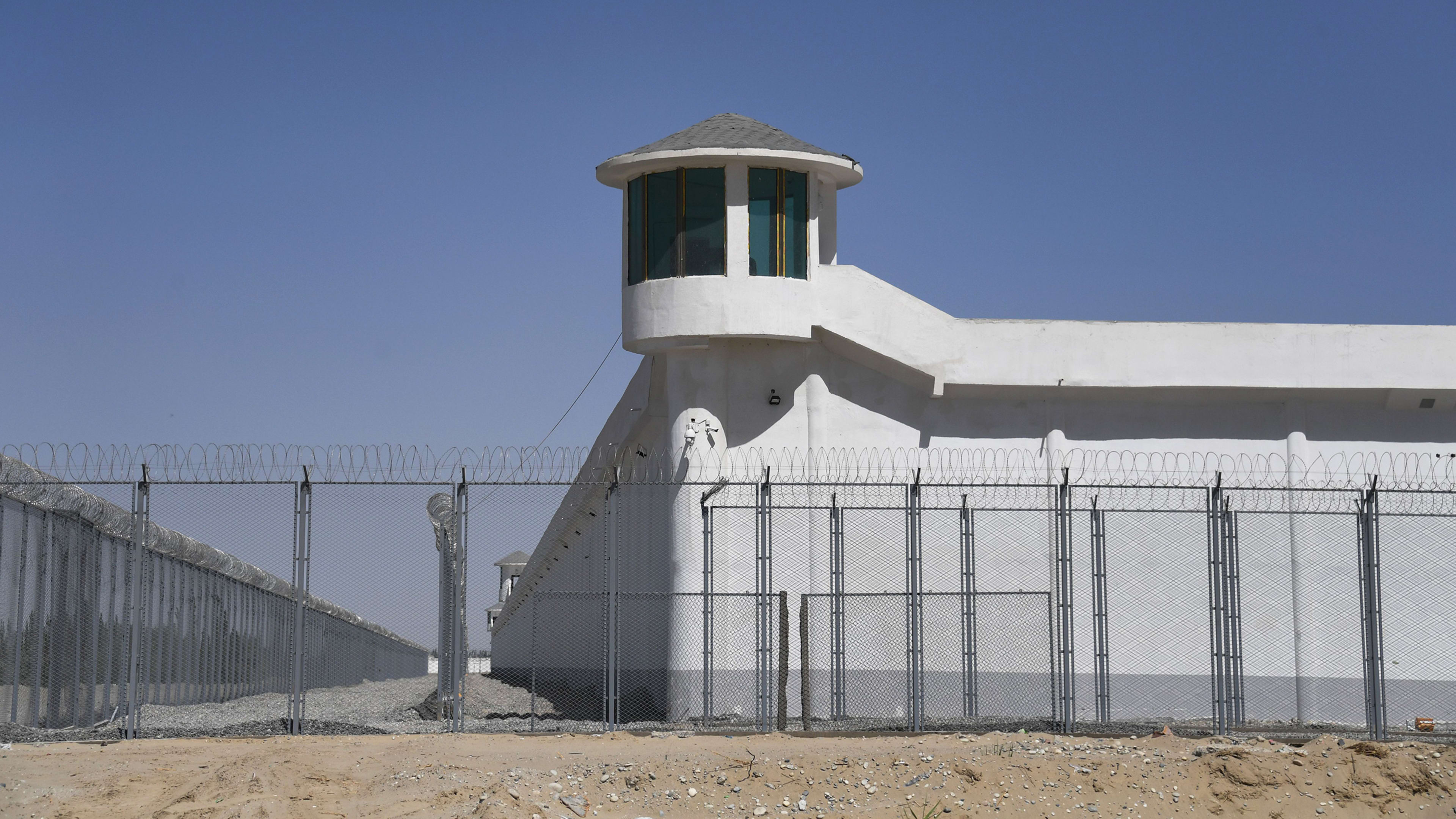H&M has spent 15 years setting up shop in China, trying to woo the country’s fast-growing middle class. But this year, it has discovered just how tricky it is to navigate human rights issues in the Chinese supply chain, while also making money from Chinese consumers.
Many Western companies, from H&M to Nike to Burberry, have said they will no longer source materials and manufacturing resources from Xinjiang, a region in China’s northwest that produces a fifth of the world’s cotton, because of reports that China is forcing hundreds of thousands of minorities into manual labor in cotton fields. China has responded with fury: Government spokespeople called these allegations of forced labor “malicious lies,” Chinese brand ambassadors cut ties with these brands, and some local consumers have reportedly vowed to boycott them.
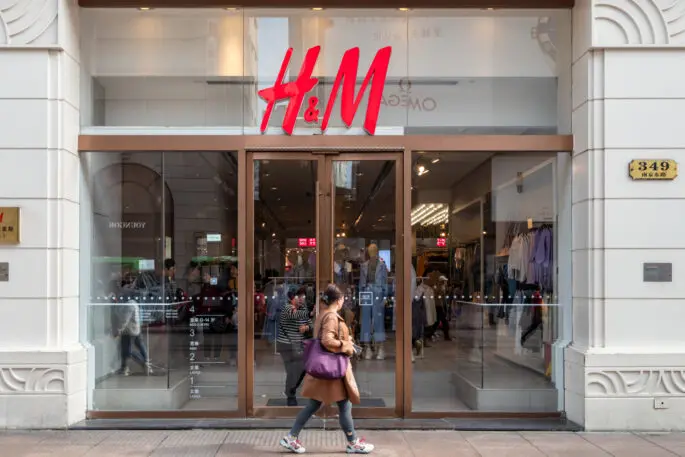
For the past decade, fashion labels—including H&M—have been trying to be more values-driven, catering to millennial consumers who care about sustainability and the ethical treatment of workers. The question is: What happens when this rosy image is challenged by one of the world’s biggest markets? The struggles are not entirely new. The situation in Xinjiang is just the latest chapter in a longer story of Western companies wrestling with human rights issues in China. Understanding this broader context and history helps us make sense of the current crisis and offers insight into how the situation might play out in the years to come.
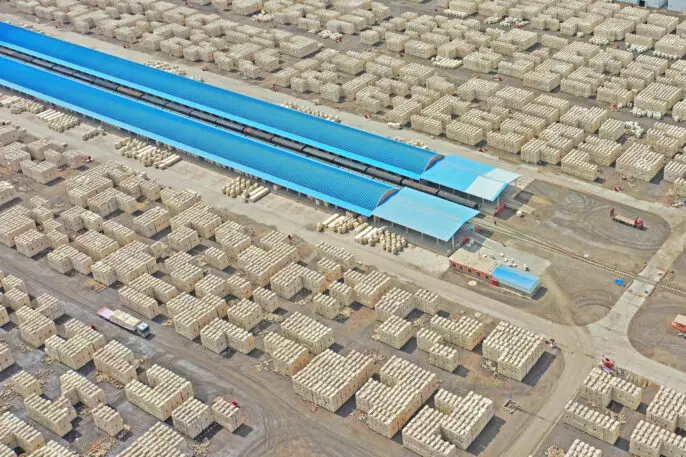
A history of labor violations
Forced labor is nothing new in China. When Deng Xiaoping became China’s paramount leader in 1978, he created policies that helped transform the country into a global manufacturing hub, which served to improve the standard of living in the country. But as human rights researcher Karine Lepillez explains, this growth came at a cost. “The country’s unique combination of Communist ideology and decentralized economic power has contributed to the use of both state-sanctioned and unsanctioned forced labor,” she writes in the journal Human Rights and Human Welfare.
Scholars don’t have a clear sense of how much forced labor has taken place in the country, because the government doesn’t offer much transparency, but there is enough research and reporting on the subject to know that it has been a problem from the 1950s into the 2000s. Lepillez says that a pillar of the Chinese Communist Party is “reform through labor,” which argues that it is possible to reeducate people and transform them into socialists through hard work. In the past, the government created networks of prison labor camps to indoctrinate anyone seen as a threat, from political dissidents to religious minorities, and included school-age children. An estimated 40 to 50 million (PDF) people have been subject to this system throughout its history.
American and European companies have struggled to ensure their supply chains are not tainted by forced labor. U.S. law prohibits companies from buying products from state-sanctioned labor camps, and the Chinese government prohibits these items from being exported, earmarking them for the domestic market. But Lepillez says that brands may have bought them unwittingly because they are often indistinguishable from factory goods. For instance, several companies listed on the global marketplace Alibaba appear to be regular businesses but are actually prison labor enterprises (PDF).
More commonly, Western companies have been called out for sourcing products from Chinese factories that have treated workers poorly. In 2018, for instance, undercover investigators from China Labor Watch found that a factory making toys for Hasbro, Mattel, and Disney forced workers to work unreasonable hours and provided them with unsanitary living quarters. Meanwhile, Apple has come under repeated scrutiny for the treatment of workers at the Foxconn complex, where it manufactures electronics and where conditions were so bad 10 years ago that the factory had to install nets because so many workers were committing suicide by jumping off the building. These reports sparked outrage among American consumers, prompting companies—including Apple—to enhance their efforts to monitor and report on these facilities.
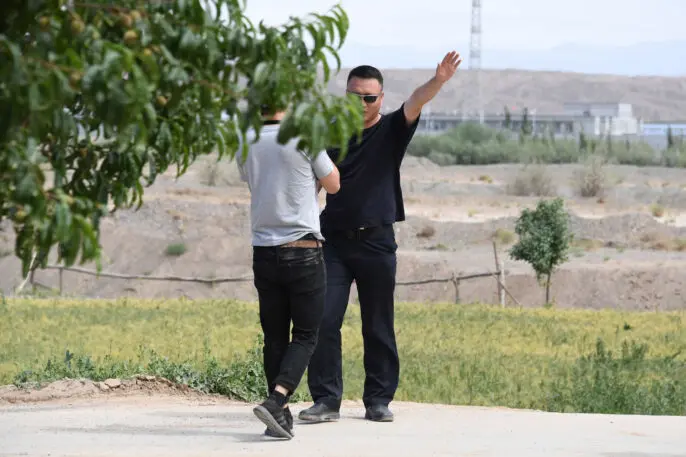
While the Uighur forced labor camps are an evolution of what we’ve seen in the past, they are also unprecedented in scale, abuse, and surveillance. “Xinjiang is massive in scope,” says Jude Blanchette, chair of China studies at the nonprofit Center for Strategic and International Studies. “The challenge we have is not simply people who are in factories: The entire region has been turned into an Orwellian police surveillance state that blows away anything you would have seen in East Germany or the Soviet Union in terms of its sophistication. We know of widespread abuse, including systematic campaigns of torture and rape.”
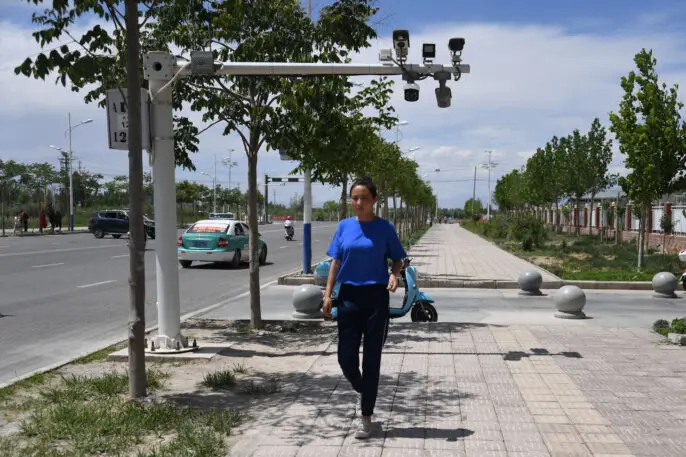
Chinese consumers are a “geopolitical weapon”
Western brands are now in a tricky position. If they comment on the human rights abuses in Xinjiang, they risk angering Chinese consumers, some of whom have accepted their government’s line that nothing untoward is happening in the region. And Chinese consumers are an increasingly powerful economic force: China is expected to overtake the United States as the world’s largest economy by 2028, five years sooner than previously forecast, thanks to its skillful management of the COVID-19 crisis. “It is becoming increasingly hard for companies to be truly multinational in the context of ongoing U.S.-China tensions because it’s hard to make both sides happy,” says Blanchette. “Now they have to walk a very thin line between not pissing off Beijing and not pissing off the U.S.”
Today, many Western companies including Nike, New Balance, Adidas, and Burberry have said they are cutting ties with suppliers from the Xinjiang region because of reports about forced labor. The problem is that the Chinese government denies that any forced labor is happening in Xinjiang at all, so when brands pull out of the region for ethical regions, they are effectively accusing the Chinese government of lying. On March 24, H&M released a statement saying the company is “. . . deeply concerned by reports from civil society organizations and media that include accusations of forced labor and discrimination of ethnoreligious minorities in Xinjiang Uyghur Autonomous Region. We strictly prohibit any type of forced labor in our supply chain, regardless of the country or region.”
In response, a Chinese Foreign Ministry spokesperson said these allegations were fabricated by “anti-China forces.” The state broadcaster published a viral post on the Twitter-like platform Weibo saying, “Earn a huge profit in China while slandering China . . . these kinds of enterprises have no basic business ethics.” Then, in a final blow, H&M was erased from the Chinese internet. This is a new move, Blanchette says, and it is directly related to the fact that Chinese consumers have so much spending power. “In the past, while China was frustrated when companies spoke up over labor conditions in factories, they weren’t actively punishing those companies for giving in to the demands of consumers from their home country,” he says. “Beijing now views China’s market power as being one of its most significant geopolitical weapons.”
China’s efforts to punish H&M appear to be yielding results. I reached out to H&M for comment about the situation, and the company pointed me to its most recent public statement from March 31, which strikes a conciliatory tone toward China and does not mention Xinjiang at all: “China is a very important market to us and our long-term commitment to the country remains strong.” While H&M is sticking to its earlier decision not to source from the Xinjiang region, Blanchette believes this latest statement reveals that the company is trying to placate China. “It didn’t say ‘screw you, Beijing,'” he says. “It was a weak, milquetoast statement. China’s strategy of intimidating these brands has been shown to be pretty effective.”
While H&M is in the hot seat right now, it’ll only be a matter of time before other brands find themselves in a similar situation. The next big test could come during the Winter Olympics, which are set to take place in Beijing in 2022. The games have already been dubbed the Genocide Olympics by several U.S. newspapers, because they will be taking place in the capital of a country currently attempting to destroy an entire ethnic group. Representative John Katko (a Republican from New York) has asked President Biden to officially boycott the Olympics to protest China’s treatment of the Uighurs, and the editorial page director of The Washington Post has argued that brands that choose to support the games this year will be turning a blind eye to China’s human rights abuses.
This puts brands that are typically Olympic sponsors, such as Nike, Coca-Cola, General Electric, and Visa, in a tough situation. If they don’t sponsor the games, Beijing will perceive it as a slight. If they do, Western consumers will accuse them of being complicit with China’s crimes against humanity. “Brands can no longer please both China and the West,” says Blanchette. “They’re going to have to pick a side, and there will be fallout whatever they choose.”
Recognize your brand’s excellence by applying to this year’s Brands That Matter Awards before the early-rate deadline, May 3.
